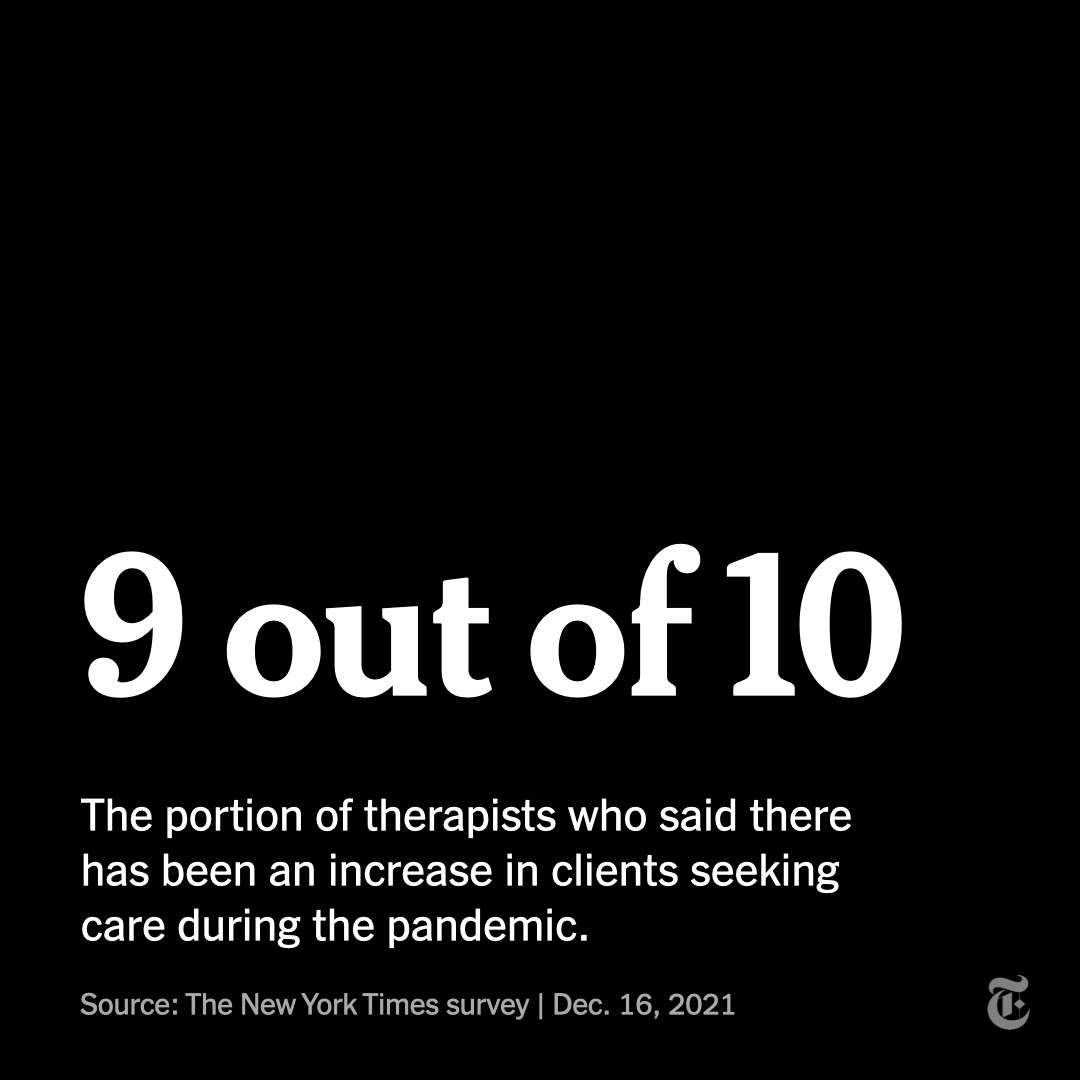
When the Taliban walked into Kabul uncontested on Aug. 15, The New York Times had more than 120 Afghan employees and their families still in the country. This is how, amid chaos and gunfire, beatings and hunger, they made their escape. nyti.ms/3eq0ZX2
Aug. 15 — The Fall of Kabul
"We woke up on Sunday morning with the conviction that we no longer had a few days to prepare to leave — we barely had a few hours." nyti.ms/3FqBlNE
"We woke up on Sunday morning with the conviction that we no longer had a few days to prepare to leave — we barely had a few hours." nyti.ms/3FqBlNE

Aug. 16 — Chaos on the Tarmac
"We knew spending a second night at the airport would be dangerous, not just because we lacked water and food, but also because the mob had run out of things to loot." nyti.ms/3FqBlNE
"We knew spending a second night at the airport would be dangerous, not just because we lacked water and food, but also because the mob had run out of things to loot." nyti.ms/3FqBlNE
Aug. 18 — Return to the Airport
"They kept asking where we were going, why we were leaving our own country. Mujib told them we were journalists who no longer felt safe ... 'But who is going to do the journalism here, me?' asked a middle-aged fighter." nyti.ms/3FqBlNE
"They kept asking where we were going, why we were leaving our own country. Mujib told them we were journalists who no longer felt safe ... 'But who is going to do the journalism here, me?' asked a middle-aged fighter." nyti.ms/3FqBlNE

Aug. 19 — Crossing the Gate
"The crowd started pushing. The Taliban guards pushed back, shooting into the air ... Mujib asked everyone to disembark from the buses and make a run for it through the gates while there was still an opening." nyti.ms/3FqBlNE
"The crowd started pushing. The Taliban guards pushed back, shooting into the air ... Mujib asked everyone to disembark from the buses and make a run for it through the gates while there was still an opening." nyti.ms/3FqBlNE
"As one of the Taliban fighters went to fetch our people, there was a brief and complete silence ... what do you say after all that?"
Read the full, intimate account of what it took to get The Times's Afghan employees and their families out of Kabul. nyti.ms/3FqBlNE
Read the full, intimate account of what it took to get The Times's Afghan employees and their families out of Kabul. nyti.ms/3FqBlNE
• • •
Missing some Tweet in this thread? You can try to
force a refresh














